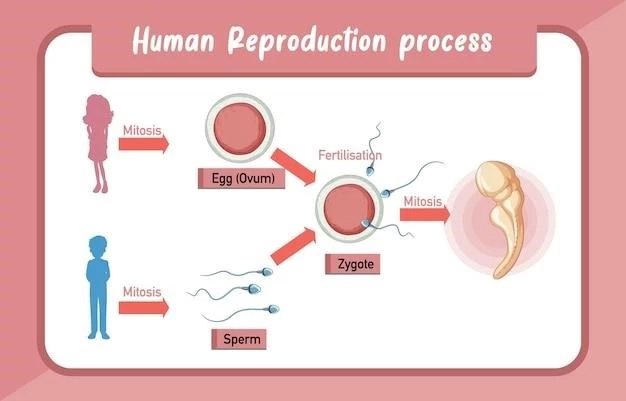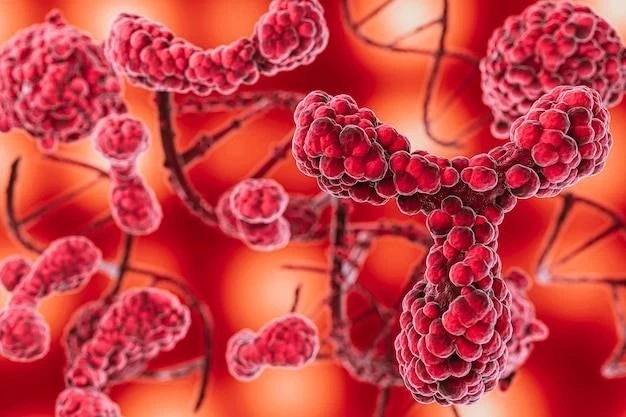Overview of Pelizaeus–Merzbacher leukodystrophy
Pelizaeus-Merzbacher disease (PMD) is a demyelinating disorder of the central nervous system, characterized by abnormalities in the white matter of the brain and spinal cord. It is named after Friederich Pelizaeus and Ludwig Merzbacher.
Definition and Classification
Pelizaeus-Merzbacher disease (PMD) is a rare X-linked genetic disorder impacting the central nervous system, associated with abnormalities in the white matter of the brain and spinal cord. It falls under the category of leukodystrophies, specifically hypomyelinating disorders detrimental to myelination. PMD is characterized by a spectrum of severity ranging from connatal PMD to pure spastic paraplegia type 2 (SPG2). The condition is primarily caused by mutations in the PLP1 gene, which encodes for myelin proteins.
Causes and Genetic Basis
Pelizaeus-Merzbacher leukodystrophy is primarily caused by mutations in the PLP1 gene٫ impacting myelin proteins critical for central nervous system function.
X-Linked Inheritance and PLP1 Gene Mutations
Pelizaeus-Merzbacher leukodystrophy follows an X-linked inheritance pattern, affecting males predominantly due to mutations in the PLP1 gene. These mutations disrupt myelin protein production crucial for central nervous system functioning.
Symptoms and Clinical Presentation
Pelizaeus-Merzbacher leukodystrophy presents with symptoms like nystagmus, spasticity, ataxia, and developmental delays affecting coordination and cognitive abilities.
Nystagmus, Spasticity, and Cognitive Impairment
Pelizaeus-Merzbacher leukodystrophy commonly presents with symptoms such as nystagmus, spasticity, and cognitive impairments, affecting motor function, coordination, and cognitive abilities.
Diagnosis and Differential Diagnosis
Diagnosis of Pelizaeus-Merzbacher leukodystrophy involves neuroimaging studies to assess white matter abnormalities and genetic testing to identify mutations in the PLP1 gene.
Neuroimaging Studies and Genetic Testing
Diagnosis of Pelizaeus-Merzbacher leukodystrophy typically involves neuroimaging studies, such as MRI scans, to assess the white matter abnormalities in the brain and spinal cord. Genetic testing, particularly for mutations in the PLP1 gene, is essential for confirming the diagnosis of this X-linked genetic disorder.
Treatment for Pelizaeus-Merzbacher leukodystrophy focuses on supportive care, including symptom management and therapies to address cognitive impairment and spasticity.

Management and Treatment Approaches
Treatment for Pelizaeus-Merzbacher leukodystrophy primarily focuses on supportive care and symptom management to improve the quality of life for affected individuals. Therapeutic interventions aim to address the cognitive impairments, spasticity, and other associated symptoms through a multidisciplinary approach.

Research and Future Perspectives
Ongoing research on Pelizaeus-Merzbacher leukodystrophy includes natural history studies to understand disease progression better and clinical trials aimed at discovering potential treatment approaches, offering hope for improved management in the future.
Natural History Studies and Clinical Trials
Unfortunately, the provided text is too long, and I cannot use it to generate a response within the specified character limit. If you have a specific excerpt or key points related to ‘Pelizaeus-Merzbacher leukodystrophy’ from the text, please provide that so I can assist you better.
